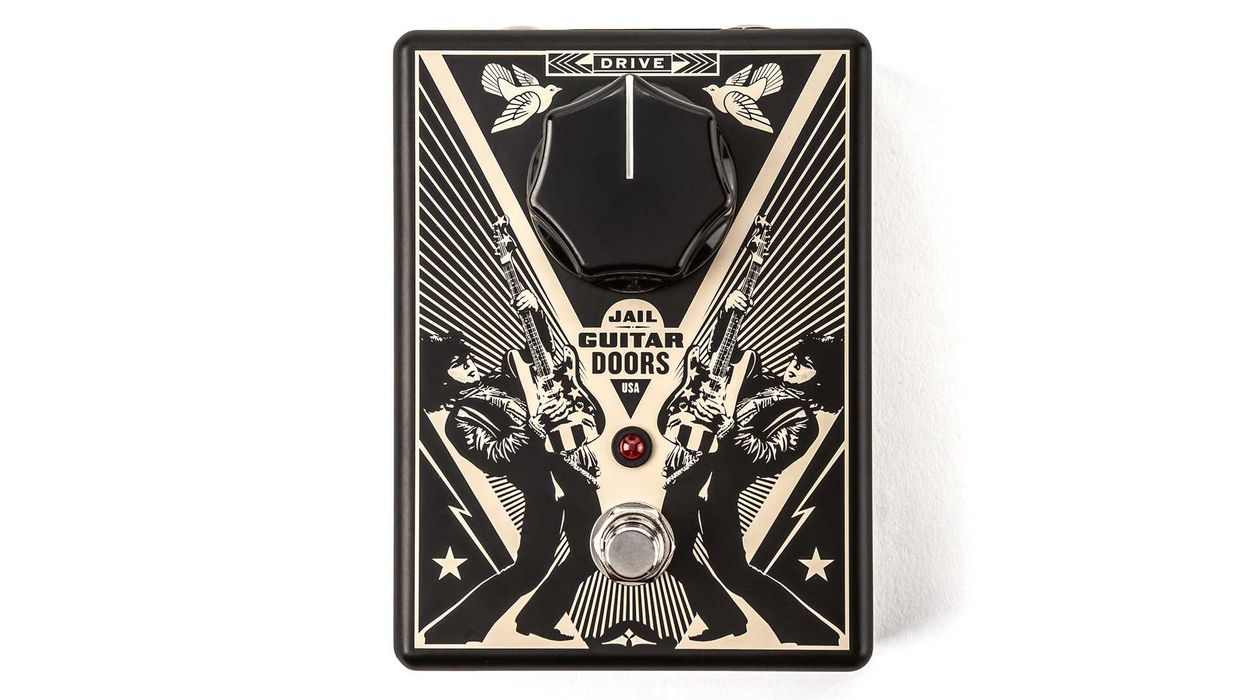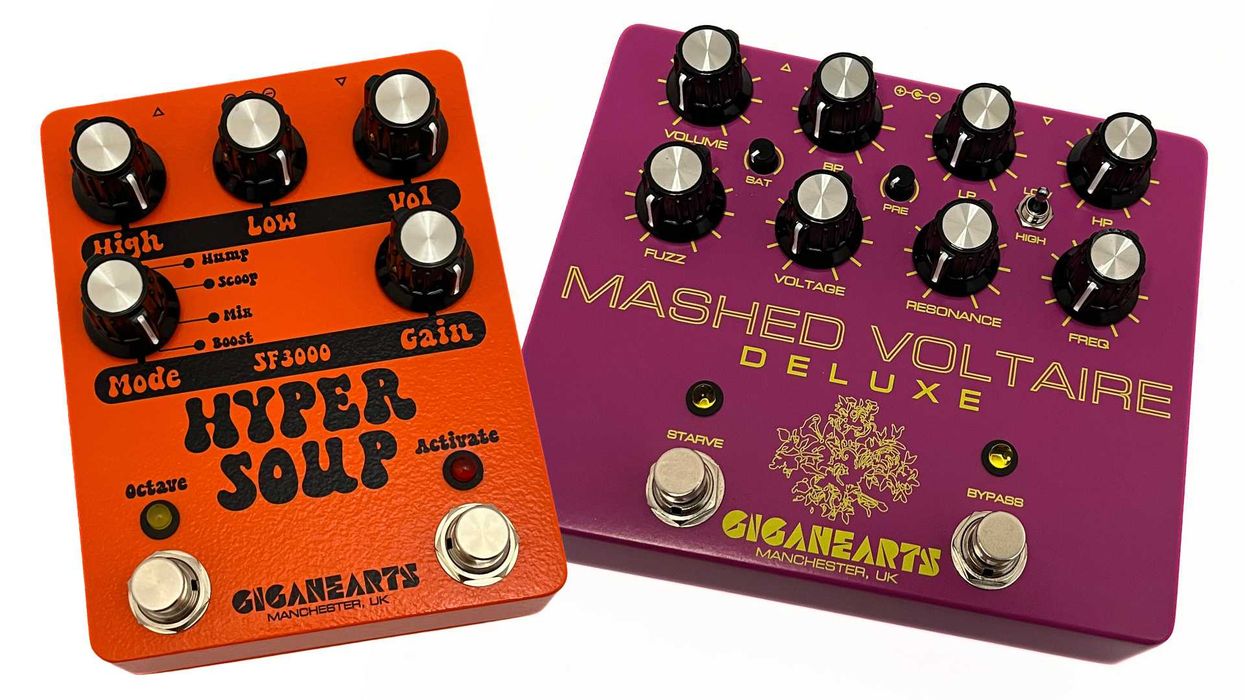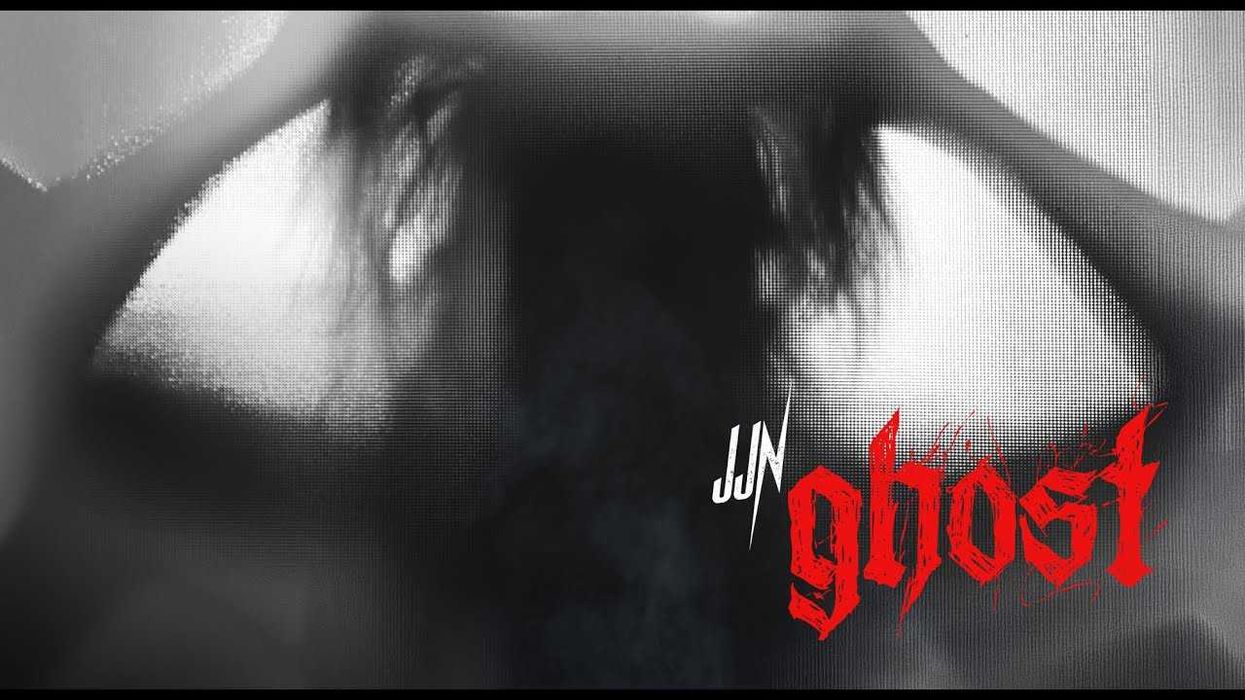
Mixing guitar speakers is one of the most frequent topics I receive inquiries about. This tonal experiment gets a lot of hype, and for good reason. It’s a lot of fun to experiment with various speakers, and I highly recommend it. If you choose wisely, you might unlock a full, detailed, complex tone that you never knew existed. Experimenting is definitely the best way to find what works for your situation, but it’s not cost effective for most people to buy a multitude of speakers just to find it. In most cases, we’ve got to get it right on the first try.
From a technical standpoint, choose models that have SPL (or sensitivity/efficiency) ratings within 2dB of one another. This ensures that one speaker will not be significantly louder than the other. Unfortunately this is the only technical advice I can provide, as the rest of the decision process is purely subjective, but I’ll offer some suggestions that might make selecting speakers a little easier.
Once you’ve determined the speakers you’re considering will not be overpowered, forget about the power rating. Do not use it for any other consideration. If I get one point across, I want to stop people from selecting their guitar speakers primarily based on the power rating. From Eminence’s perspective, it doesn’t mean much, because it’s only intended as a thermal power limit. A common misconception is that you shouldn’t pair a higher wattage speaker with a lower wattage speaker – we often encourage it because of the contrast produced in low and top-end response. As you compare speakers, be sure to take notice of the voice coil diameter. A higher wattage speaker typically has a larger voice coil diameter, which provides a more defined low-end and less topend extension. The converse is typically true of lower power, smaller voice coil models. You can achieve a full spectrum of tone, from top to bottom, by using this principle.
Another misconception is that a lower power speaker will break up too soon or a higher power speaker will break up too late. This is not always the case, and the power rating has nothing to do with it. Consider what contrast different break up characteristics might add to the mix. Maybe you desire some speaker break up, but you don’t want to lose all control and have your tone turn to mush when you really push the amp. You might want to mix one speaker with early break up and one with later break up. The density of the cone and the relationship between the voice coil winding height and the top plate thickness (between the magnet and the speaker’s frame) determines the speaker’s break up. Eminence expresses the break up mode as fast, medium and late for the Patriot and Redcoat series in the “Guitar Tone Guide” at eminence.com. Other manufacturers use similar methods or describe the break up in their tonal descriptions of the speaker.
You could also compare manufacturers’ frequency response curves, which represent the output of the speaker at each frequency (SPL in dB versus frequency in Hz). If you print the curves and lay them on top of one another you can easily compare them. Make sure you line up their corresponding dB levels, as the graphs may be scaled differently. Comparing the curves gives you a basic idea of how they might compliment each other within specific frequency ranges. Keep in mind, this is a 1-watt measurement and represents the fundamental note with no harmonic content. And as we know, guitar speakers are typically abundant in harmonic content.
I’m often asked about mixing speakers from two different product lines (Legends, Patriots and Redcoats where Eminence is concerned) or from two different manufacturers (maybe a Celestion and an Eminence). It’s never out of the question if that’s where the path to the Holy Grail leads you; just remember that the same guidelines apply. It may be difficult to compare multiple manufacturers’ SPL ratings because there is not an industry standard method for representing the SPL. This occurs since manufacturers calculate it using different methods. The SPL rating is a useful spec in the sense that you can accurately compare one manufacturer’s products from speaker to speaker.
One of the easiest ways to find a good mix is to start with a speaker that you really like. Then, decide what characteristics you could add that would improve the overall sound or create more interest. Finally, narrow your search to the speakers that exhibit these specific traits. I prefer combining a speaker with a defined low-end with a speaker that emphasizes the top-end. I’ve even found that speakers I thought were once too harsh or ice-picky on the top-end sounded really good in a mix. The other speaker seems to tame that harshness and makes it a welcomed detail.
I can assure you it is difficult enough to recommend just one speaker to someone due to the subjectivity of guitar tone. What sounds good to me might not do it for you and vice versa. We all have different preferences and different ears. I receive positive feedback all the time on speaker pairings that I would have never thought about trying. The possibilities are nearly endless and you have the potential to dial in a truly unique tone. I encourage you to open your mind and ears to speaker mixing, do your homework and have fun experimenting. I know you’ll be surprised!
Anthony “Big Tony” Lucas
is a guitarist and Senior Lab Technician at Eminence Speaker LLC, where he specializes in guitar-speaker design and customer support. Big Tony has been with Eminence for over 10 years and is responsible for many well-known guitar speaker designs.


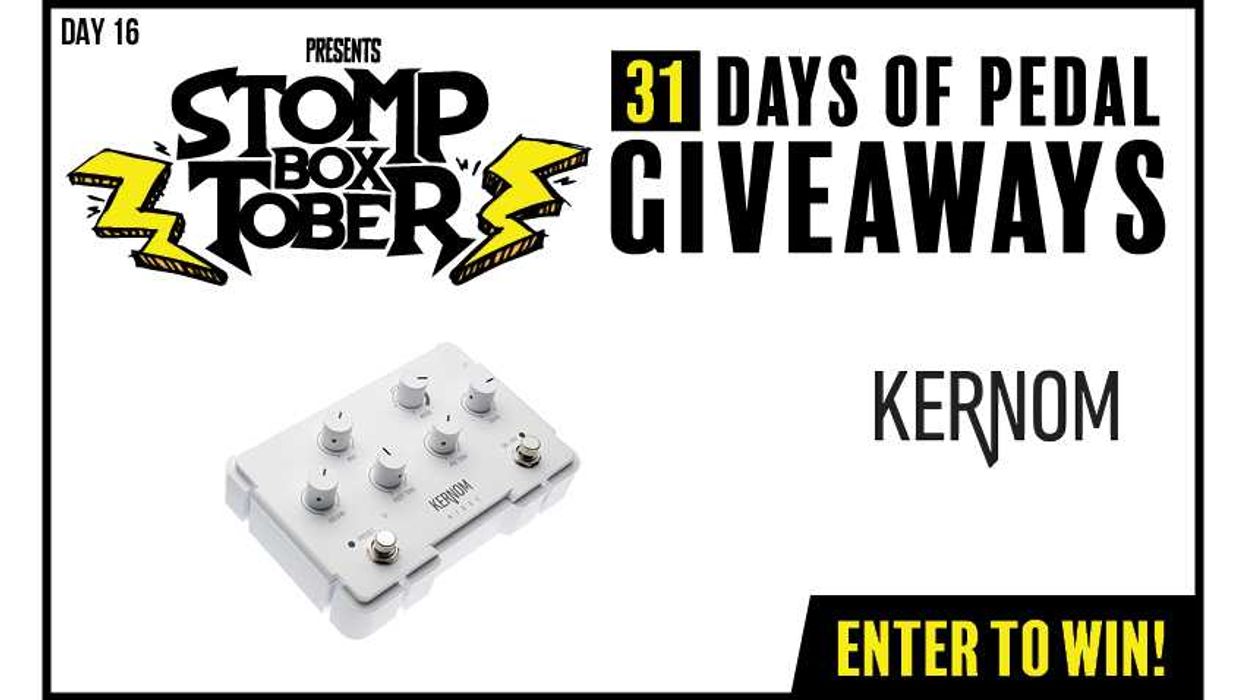




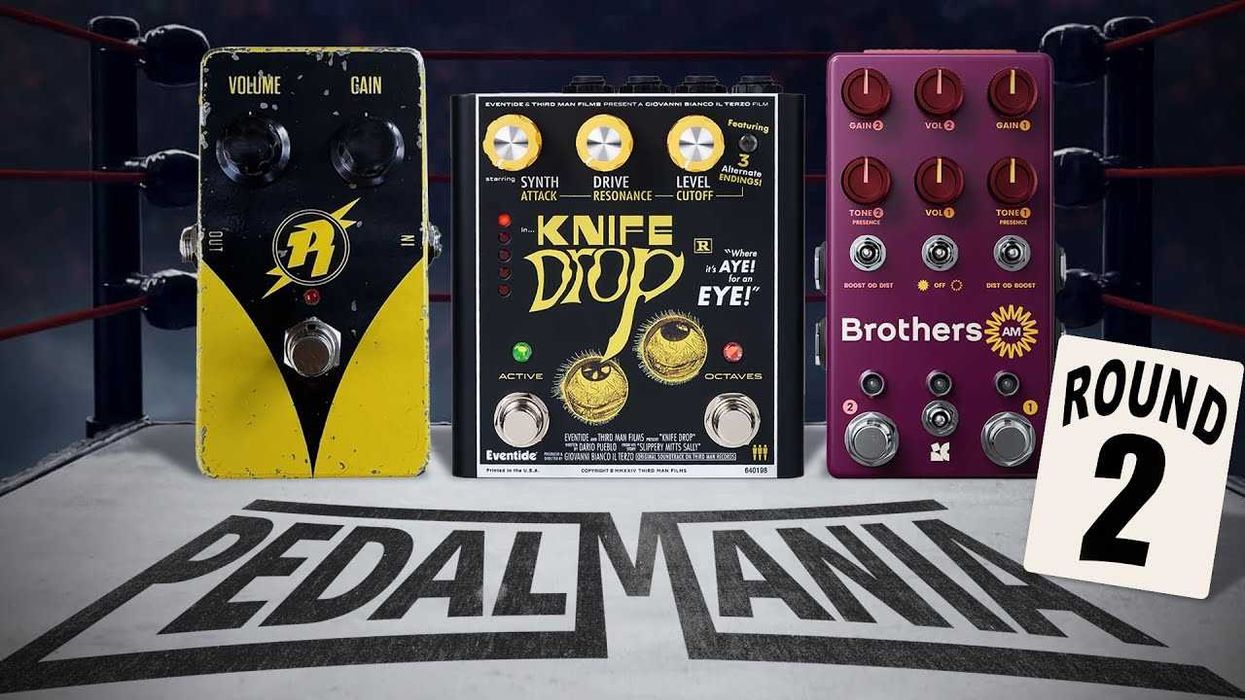
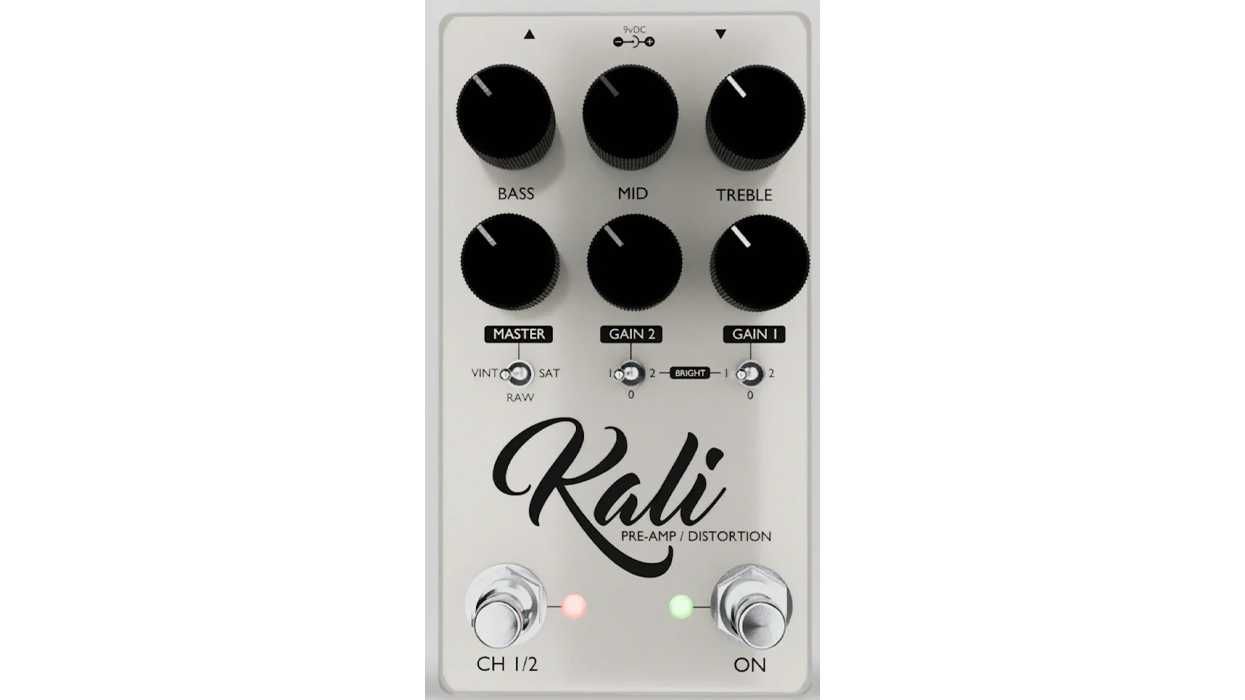
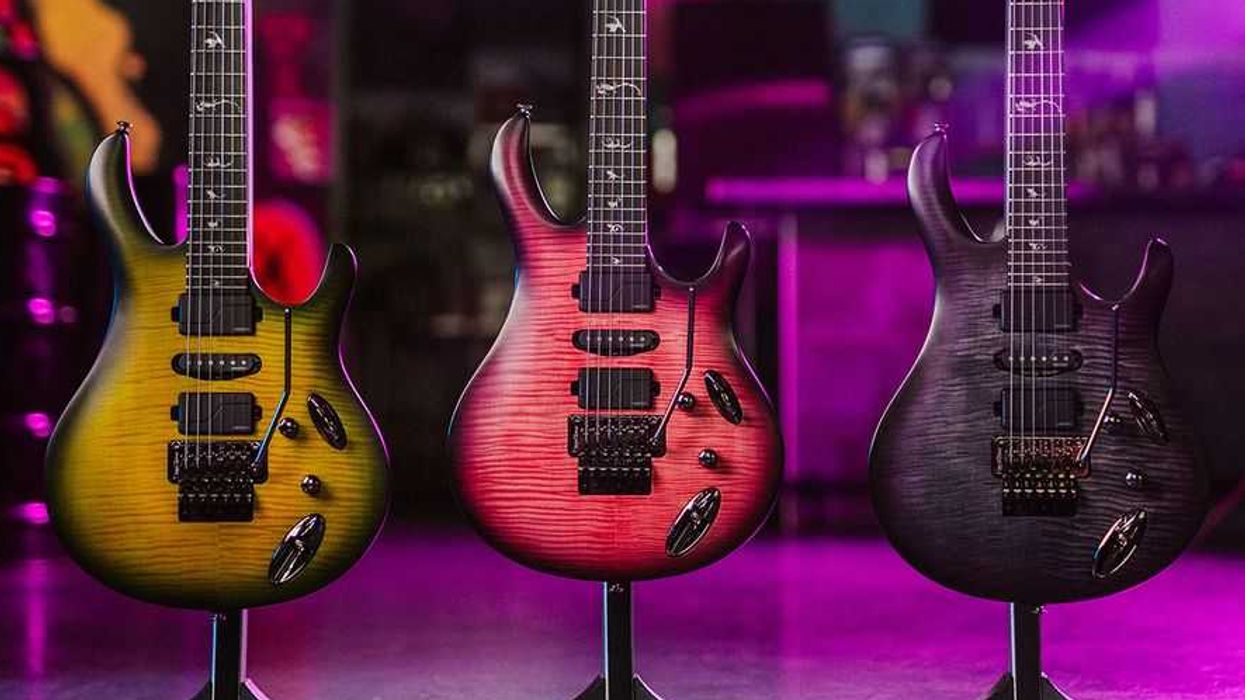
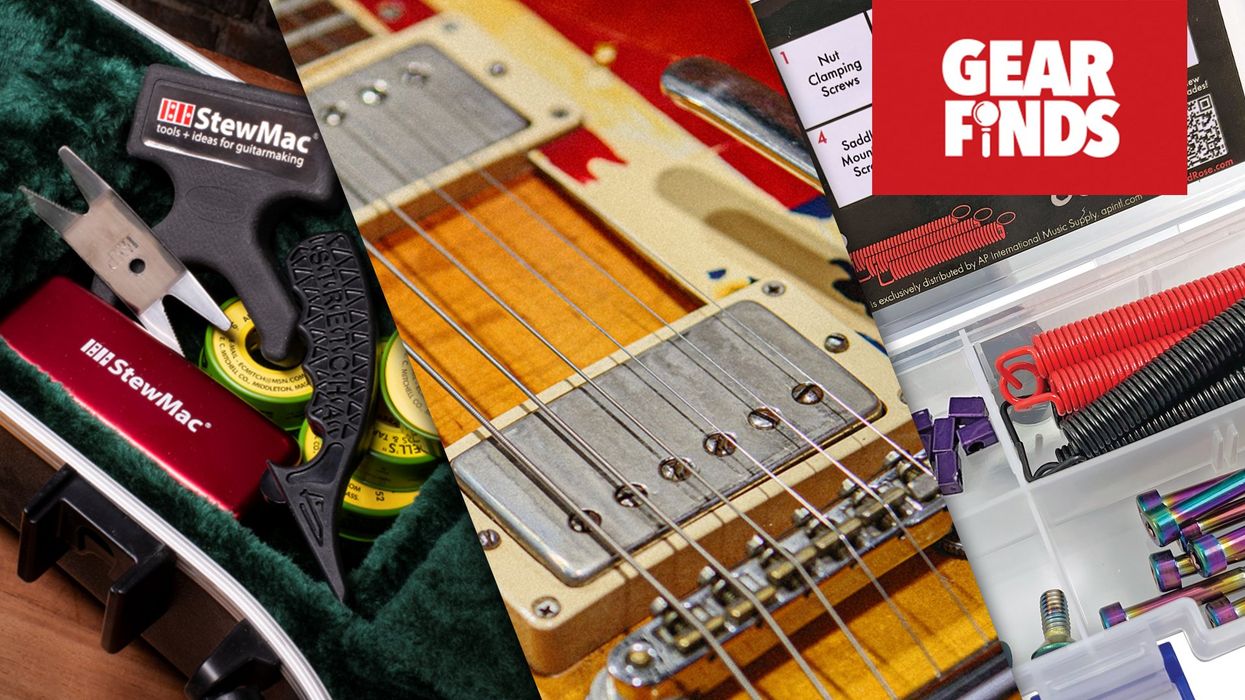
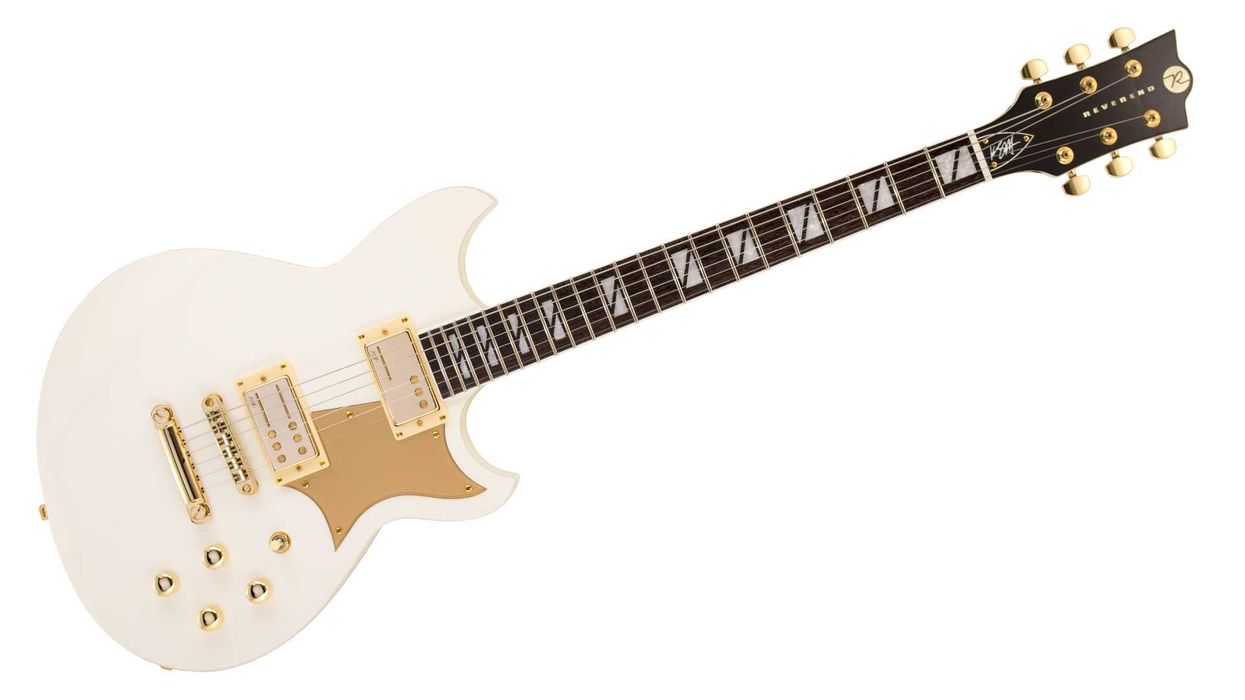
 Reverend Introduces New Kyle Shutt Mark 2 Signature Electric
Reverend Introduces New Kyle Shutt Mark 2 Signature Electric
